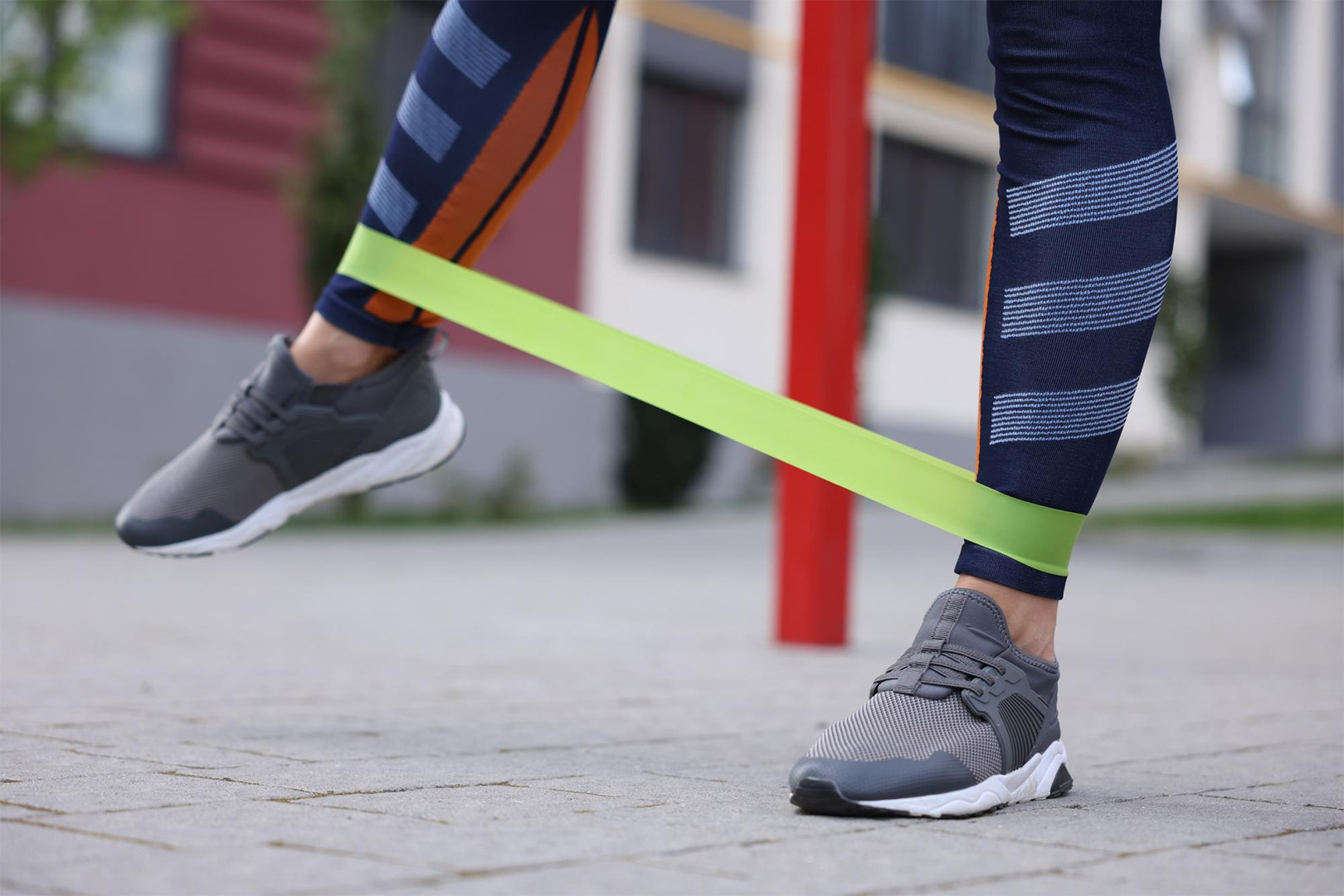Impaired movement is complex and has a multitude of causes. Natural, free, and graceful movement should be the ultimate goal of all rehabilitation and training approaches.
Graceful and effortless movement should be the goal of everyone, regardless of age, not just elite-level athletes. Movement is an intensely personal form of self-expression and its impairment can have many different causes. These include:
- Visceral – An adhesion of the internal organs which is reflected in muscular restriction and an adaptive movement pattern.
- Neural – A nerve restriction that results in a protective movement compensation.
- Learned Technique – A belief about ‘correct movement technique’ that is often learned.
- Strength/Flexibility Imbalance – an imbalance of strength or flexibility often occurring across opposing muscle groups that changes posture and alters movement patterns.
- Emotional and Psychological – Our beliefs, fears, and emotional trauma can have a profound influence on our movement expression.
- Proprioceptive – Our body’s ability, or inability, to sense itself in space can dramatically impact movement patterns.

The health of the internal organs is essential for life. According to visceral pioneer Jean-Pierre Barral, “For an organ to be in good health, it must be able to move”. When an organ loses this ability, either through trauma, infection, invasive surgeries, or emotional distress, then the body will reflexively tighten the surrounding muscles to guard and protect the organ. In such instances, the body will do everything it can to protect the affected organ. This will almost always include adaptive changes to movement patterns to minimise impact on the restricted organ. Manual visceral manipulation techniques are the first step in making normalisation of altered protective movement patterns a practical possibility. For more information on visceral manipulation, click here.
The nervous system is an interconnected highway running throughout the body. Whenever a joint is moved, the nerves passing through that joint need an ability to slide and glide with the surrounding tissues. When this sliding and gliding is compromised, joint range of motion and normal movement patterns become impaired. The body’s main priority is the health of the nerve. Consequently, the body will unconsciously adapt movement patterns to protect the restricted nerve and prevent further irritation. When neural restriction is present, gentle neural manipulation is required first to make restoration of normal movement patterns a possibility.
Often, an individual’s movement patterns are influenced heavily by their beliefs about what ‘good movement or technique’ constitutes. These beliefs and ideas are frequently inherited from coaches, trainers, or are the product of their own personal research and development. Sometimes, the resulting movement patterns are not necessarily the most efficient or biomechanically sound. Exploring new movement options and investigating possible alternatives can have a profound effect on reducing pain and optimising performance. Any new movement possiblity must first be explored and investigated at low load. This allows the nervous system space and freedom to process new information; initially, gentle neuromuscular training is the key first step before load is gradually introduced.
Movement is an intensely personal aspect of self-expression. Just as past physical, emotional, and psychological trauma is often held and mirrored in the body’s soft tissues, so too is it reflected in the way we move. The emotional and psychological influences on movement are frequently neglected and overlooked by coaches and therapists alike. Movement exploration can be an effective way of unlocking and letting go of these holding patterns, particularly when it is combined with manual soft tissue therapy.
Proprioception is the body’s ability to perceive and locate itself in space. When proprioceptive feedback from the tissues to the brain is limited or impaired, the body’s reflexive response is to tighten up muscles in an attempt to receive more information and feedback. In these cases, stretching or treating the tight muscles and soft tissue with massage will provide little in the way of lasting benefit. Instead, teaching the body and nervous system to become more self-aware of spatial position, tension, and relaxation is key to making a significant and lasting difference.